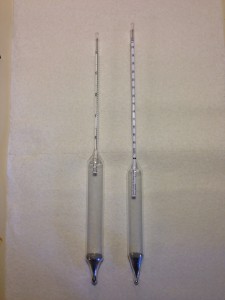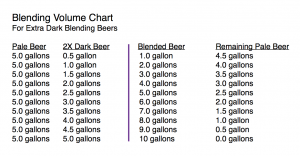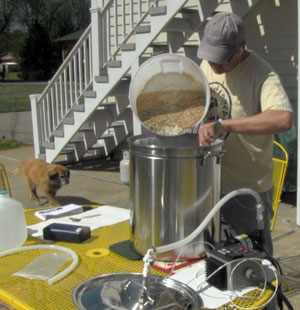[I’m back! You may have noticed a dearth of posts recently. I was finishing up work on my first book and was putting in a lot of late nights as the deadline approached. But, now I’m done and I have a slew of stuff coming to BWJ soon. — Chris ]
As an all-grain brew day comes to an end, a brewer hopes that he or she will yield a reasonable volume of beer at a reasonable original gravity (OG). In the best case scenario, the brewer hits both the target batch volume and target OG on the nose to within the precision of his instruments. In a less than optimal — but certainly not catastrophic — scenario, one or the other elements is slightly off, but not by much. [Read more…]







Recent Comments